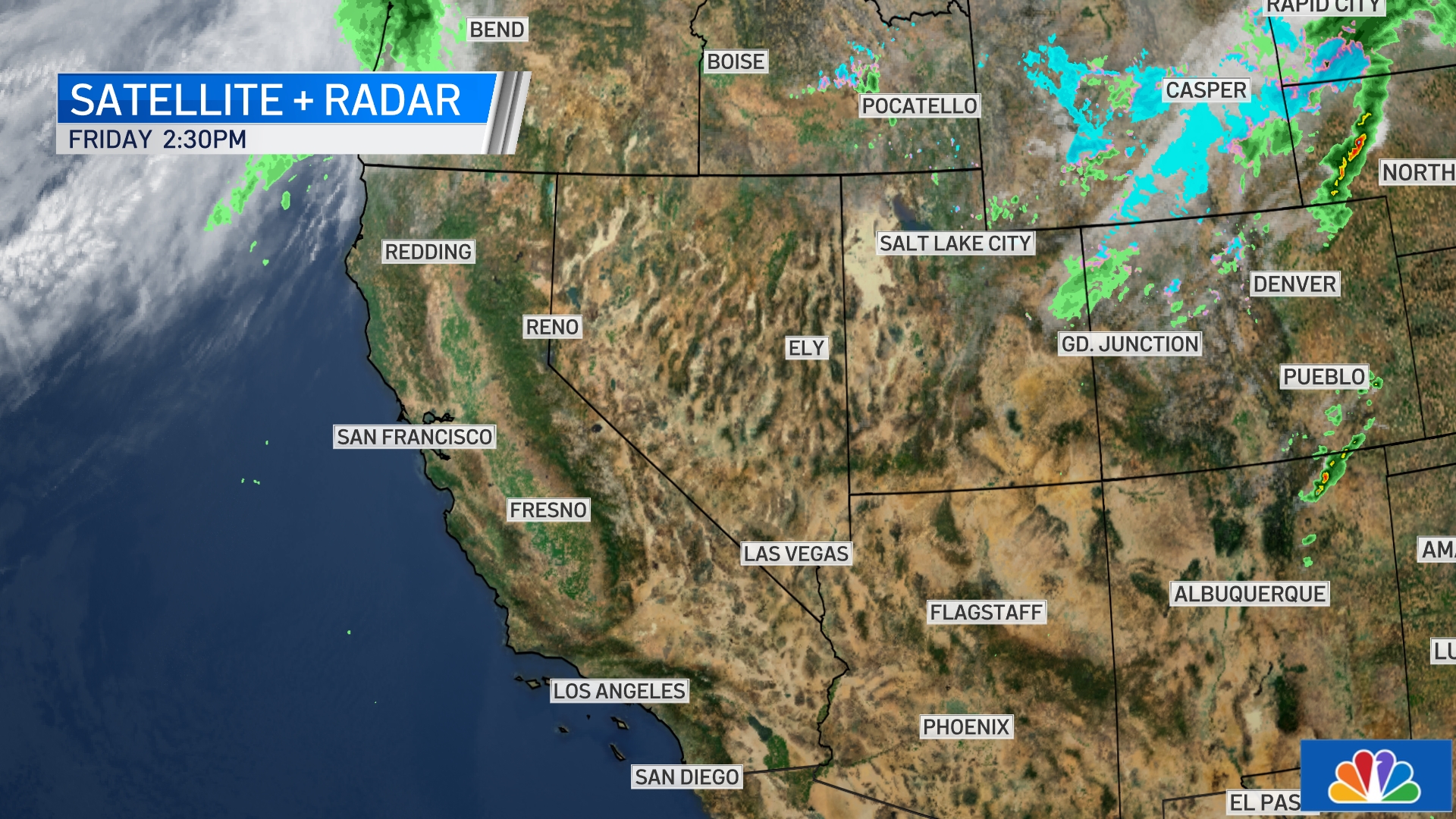
The last system deployed as part of the installation program was installed in North Webster, Indiana on August 30, 1997. The first installation of a WSR-88D for operational use in daily forecasting was in Sterling, Virginia on June 12, 1992.

Installation of an operational prototype was completed in the fall of 1990 in Norman, Oklahoma. Unisys was selected as the contractor, and was awarded a full-scale production contract in January 1990. However, it took four years to allow the prospective contractors to develop their proprietary models. Radar systems developed by Raytheon and Unisys were tested during the 1980s. The JSPO group opted to select a contractor to develop and produce the radars that would be used for the national network. When the proposal was presented to the Reagan administration, two options were considered to build the radar systems: allow corporate bids to build the systems based on the schematics of the previously developed prototype radar or seek contractors to build their own systems using predetermined specifications. That year, the NSSL completed a formal report on developing the NEXRAD system. In 1979, the NEXRAD Joint System Program Office (JSPO) was formed to move forward with the development and deployment of the proposed NEXRAD radar network. A working group that included the JDOP published a paper providing the concepts for the development and operation of a national weather radar network. Air Force, found that Doppler radar provided much improved early detection of severe thunderstorms. Tests over the next three years, conducted by the National Weather Service and the Air Weather Service agency of the U.S. The Joint Doppler Operational Project (JDOP) was formed in 1976 at the National Severe Storms Laboratory (NSSL) to study the usefulness of using Doppler radar to identify severe and tornadic thunderstorms. Neither system employed Doppler technology, which provides wind speed and direction information. The radar network consisted of WSR-57 developed in 1957, and WSR-74 developed in 1974. Departments of Commerce, Defense, and Transportation, agreed that to better serve their operational needs, the existing national radar network needed to be replaced. Testbed of the WSR-88D on display at the National Severe Storms Laboratory. NEXRAD has an increased emphasis on automation, including the use of algorithms and automated volume scans. The radar system operates in two basic modes, selectable by the operator – a slow-scanning clear-air mode for analyzing air movements when there is little or no activity in the area, and a precipitation mode, with a faster scan for tracking active weather. It returns data which when processed can be displayed in a mosaic map which shows patterns of precipitation and its movement. NEXRAD detects precipitation and atmospheric movement or wind. Its technical name is WSR-88D ( Weather Surveillance Radar, 1988, Doppler). Air Force within the Department of Defense. NEXRAD or Nexrad ( Next-Generation Radar) is a network of 160 high-resolution S-band Doppler weather radars operated by the National Weather Service (NWS), an agency of the National Oceanic and Atmospheric Administration (NOAA) within the United States Department of Commerce, the Federal Aviation Administration (FAA) within the Department of Transportation, and the U.S.
#Weather doppler radar los angeles android
Live radar: abc7.la/LiveMEGADOPPLER Watches/Warnings: abc7.la/WxWarnings Download the free Accuweather app for iPhone and Android devices.NEXRAD Radar at the WSR-88D Radar Operations Center. Click on My News from the bottom menu, then star the topics you'd like to follow and tap Done.

If you have the app, turn on push notifications and personalize the app.
#Weather doppler radar los angeles for android
Get the latest updates on the weather with the Free ABC7 Los Angeles appĭownload the ABC7 app for weather alerts: Click here for iOS devices | click here for Android devices. The area will also have a high of 71.ĭeserts Monday will be windy with a high of 82, and a 10% chance of thunderstorms as well. Mountains will be cloudy with a 20% chance of thunderstorms. A 20% chance of rain is also expected.īeaches will still have some morning drizzle with a high of 63. The valleys and the Inland Empire will be cloudy and breezy with a high of 72. Los Angeles and Orange counties will be cloudy with a high of 69 degrees. LOS ANGELES (KABC) - June gloom returns to Southern California on Monday with clouds and a chance of rain. June gloom returns to Southern California on Monday with clouds and a chance of rain.


 0 kommentar(er)
0 kommentar(er)
